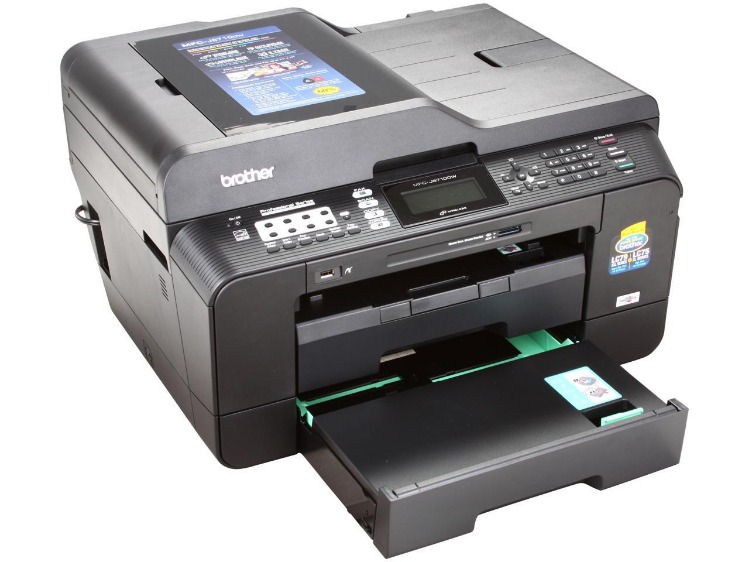Why Embedded Printing Quietly Runs Modern Commerce
When a kiosk vends a ticket, a locker system confirms a pickup, or a medical analyzer documents a test, a tiny mechanism springs into action to produce trust on paper. Behind that moment sits the mini receipt printer embedded into the host device—small enough to disappear in a chassis, yet robust enough to operate for years without fanfare. This class of printer turns digital transactions into tangible confirmations, bridging the gap between machine logic and human assurance.
Choosing and integrating the right mechanism is less about flashy features and more about thoughtful fit: precise mechanical tolerances, stable power delivery, consistent drivers, and resilient media handling. Done well, a compact, embedded printer lifts user confidence and throughput; done poorly, it becomes the bottleneck everyone notices.
Design Constraints That Shape Integration
Space is always tight. An embedded printer must align with the enclosure’s cutouts, bezels, and internal airflows. Service access matters as much as initial assembly—roll replacement, cutter cleaning, and jam clearing should be possible without dismantling the entire device. Cable routing needs strain relief and EMI consideration, especially when high-current motors share space with logic boards and sensitive RF modules.
Power, Interfaces, and OS Support
Thermal mechanisms draw peak current during heating and cutting. A stable, low-ripple supply with adequate headroom is non-negotiable. Interfaces range from USB and RS-232 to TTL and even LAN via bridges. Firmware and driver maturity determine whether your OS image—Windows, Linux, or embedded RTOS—can handle status monitoring, paper sensors, and cutter control gracefully.
Performance Metrics That Actually Matter
Print speed isn’t just about headline mm/s. Real throughput depends on print density, character set rendering, graphics pipeline efficiency, and the time spent at the cutter. Look for documented duty cycles, cutter life in millions of cuts, and a clear MTBF. Paper width (often 58 or 80 mm) affects layout versatility; 80 mm gives room for larger QR codes and multilingual receipts without line wrapping.
Firmware Features and Field Diagnostics
Thermal control algorithms impact clarity and energy use. Support for bitmap logos, scalable fonts, and 2D barcodes is essential. Just as important are out-of-paper and cover-open events, cutter error reporting, and firmware tools for field maintenance. Devices that expose status over standard protocols simplify remote monitoring across fleets.
From Ticketing to Telemedicine: Real-World Use Cases
Transit kiosks rely on crisp QR codes that scan in the rain; vending and parking systems need fast, jam-resistant cutters; retail self-checkout demands quiet operation; labs and pharmacies require legible text at small point sizes. In each scenario, a mini receipt printer embedded in the host must balance speed, reliability, and serviceability.
For projects seeking a proven 80 mm mechanism with robust cutting and high-speed output, consider a solution like mini receipt printer embedded options that combine fast print engines with auto full/partial cutters and durable construction. Paired with the right driver stack, such printers can elevate kiosk UX, shorten queue times, and reduce maintenance calls.
Environmental and Mechanical Resilience
Dust, humidity, and vibration are quiet adversaries. Sealed paper paths, anti-dust bezels, and reinforced frames minimize drift and misalignment over time. For outdoor or semi-outdoor installations, verify operating temperature ranges and condensation handling. A small heater or enclosure redesign now can prevent winter field failures later.
Human Factors: The Unseen UX
Receipt presentation is part of the experience. The exit slot should angle to avoid rollbacks and provide a natural grasp point. White-on-black label cues near the slot help users locate outputs. Consider partial cuts for tickets that must remain tethered until grabbed—reducing litter and false drops into bins.
Consumables and Sustainability
Paper quality dictates contrast and head wear. BPA-free thermal paper with consistent coating reduces reprints. Core diameter affects roll capacity; balancing footprint with swap intervals is key. Where possible, adopt eco-grade stocks and optimized darkness settings to extend head life without sacrificing readability.
Lifecycle Planning and Service Strategy
Spare parts availability, documentation depth, and vendor responsiveness can outweigh marginal spec differences. Aim for mechanisms with self-diagnostic modes, loggable error states, and interchangeable cutters. Modular mounting—rails, thumbscrews, and keyed connectors—turns a 45-minute bench job into a 5-minute field swap.
Validation Before Volume
Run a representative test matrix: rapid-fire transactions, long graphics, mixed barcodes, low-voltage brownouts, sudden power cuts, and burst-temperature cycles. Track cut accuracy, jam incidence, and thermal head temperature under sustained load. Include real paper brands from your supply chain to catch coating variances early.
Checklist for Confident Selection
Align printer width with layout needs and scanning requirements. Confirm interface compatibility and driver stability on your target OS. Validate cutter life against your projected duty cycle. Ensure service access in your enclosure. Verify vendor support timelines, including firmware updates and spare availability. Above all, prototype early with the exact mini receipt printer embedded configuration you plan to ship.
When the right mechanism is integrated with care, the result is quiet reliability: a compact engine that turns pixels into proof, one receipt at a time—unseen, but essential to the trust your device earns in the real world.






